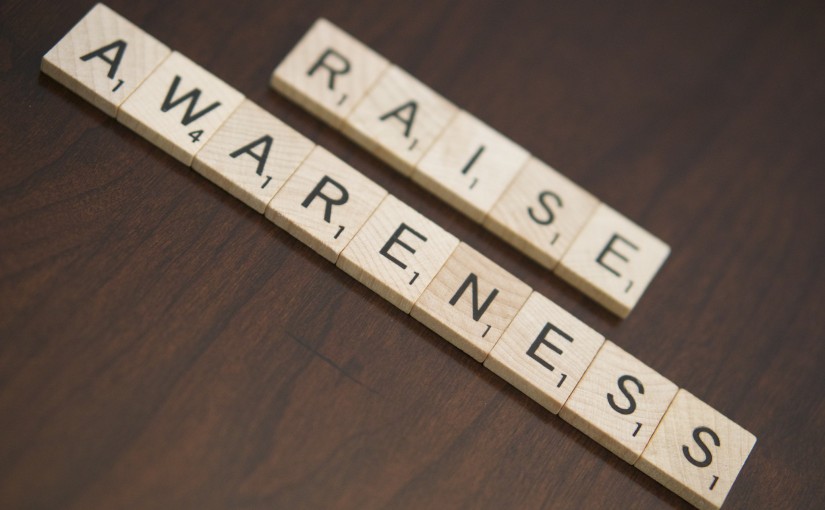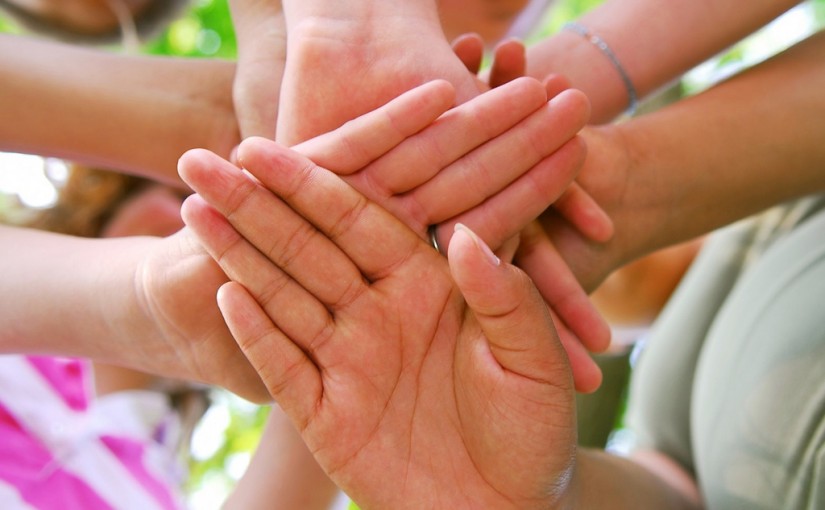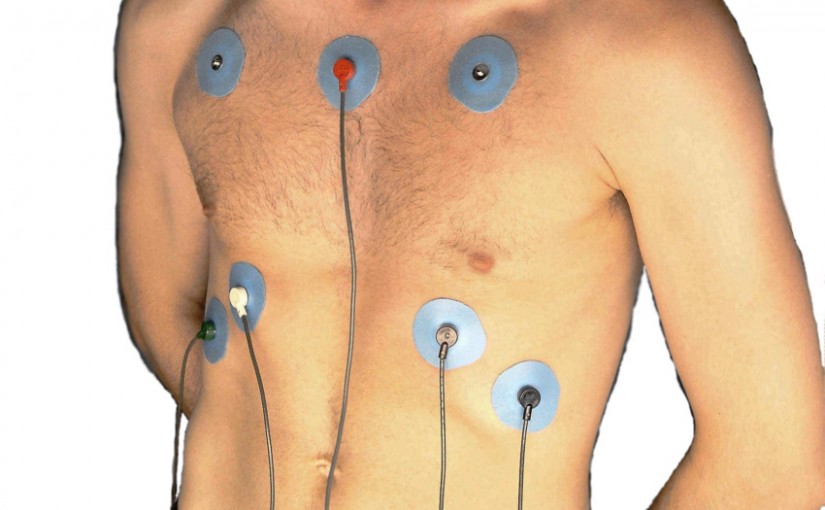Category: Awareness
-

Understanding Asperger’s: A Teacher’s Guide
Students with Asperger’s syndrome present a unique set of challenges—challenges that many teachers are not provided with the appropriate training for. This can make welcoming a student with Asperger’s into the classroom seem daunting. Fortunately, there are a lot of resources available to help teachers fill the gap and educate themselves, so they can make…
-

What is PDD?
Pervasive developmental disorders (often shortened to PDD) is a term used to refer to a group of conditions that cause a delay in the development of basic skills. These basic skills most commonly include the ability to socialize, communicate and use imagination. People who have a PDD often struggle to understand the world around them. …
-

The Skin Cancer Prevention Guide
Skin cancer is the most common type of cancer in the United States, according to the National Council on Skin Cancer Prevention. Over 2 million cases are treated in the country each year—that’s more cases than breast cancer, prostate cancer, lung cancer and colon cancer combined. In 2004, treatments for non-melanoma skin cancers alone cost…
-

Using Awareness Days To Raise Funds
Do you have a cause you support? Do you want to support the cause, but have no money to donate yourself? Do you want to earn money and have fun in the process? If you answered yes to any of these questions this article is for you. We will discuss several ways to earn money…
-

Childhood Cancer Fact Sheet
A cancer diagnosis is always distressing, but it can be especially heartrending when the patient in question is a child. There are some notable differences between cancers in children and cancers in adults. Here are some key facts about childhood cancer: Children make up less than 1 percent of all cancer diagnoses each year.…
-

Pediatric Cancer: Managing the Side Effects of Treatment
Thanks to great strides that have been made in cancer treatments, more children who get cancer survive now than ever before—more than 80 percent of children survive at least five years, and most are cured. But cancer in children is different from cancer in adults. Kids’ quickly growing bodies respond to treatment differently, and that…
-

Eating for Heart Health
February is National Heart Month, and since it is just around the corner, more and more people have begun to think once again about their own heart health. It is no secret that heart health is very important, but many people often do not know where to get started when it comes to learning about…
-

Heart Attacks: Recognizing the Symptoms
Would you know if you were having a heart attack? Many people say that they would. However, when it happens, they dismiss the very early warning symptoms as such innocuous things as indigestion, food poisoning, or even a harmless stomach bug. They find out only too late that what they mistook for harmless is actually…
-

Bringing Out The Best In Your Special Needs Students
Every student has the potential to succeed. But in a traditional classroom, it can be harder for students with special needs to tap into that potential. Special needs students’ success can be limited by the unique challenges they face. It can require a thoughtful effort from teachers to ensure that special needs students thrive in…
-

How Wearing Your Cause Supports and Spreads Awareness
These days, almost every supports at least one cause. Whether you focus your time and energy on autism awareness, animal rights, finding a cure for cancer, or any number of other popular causes, chances are good that you have at least one t-shirt, wristband, or other item in your possession that expresses your favorite cause.…